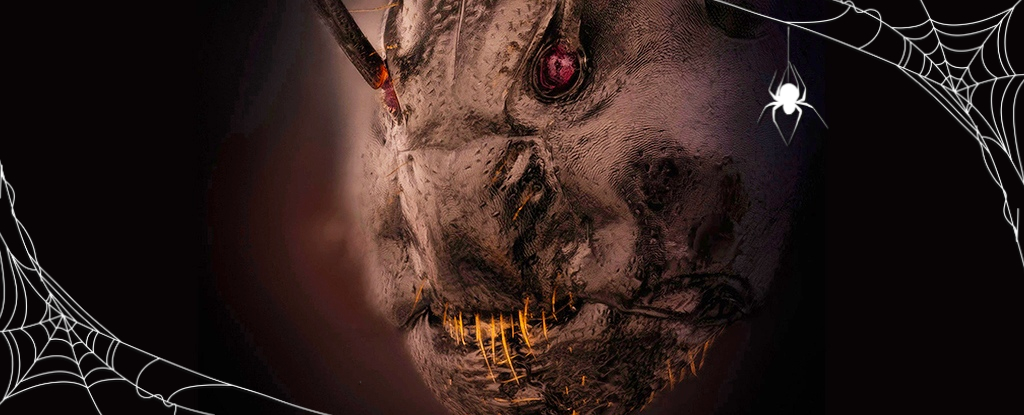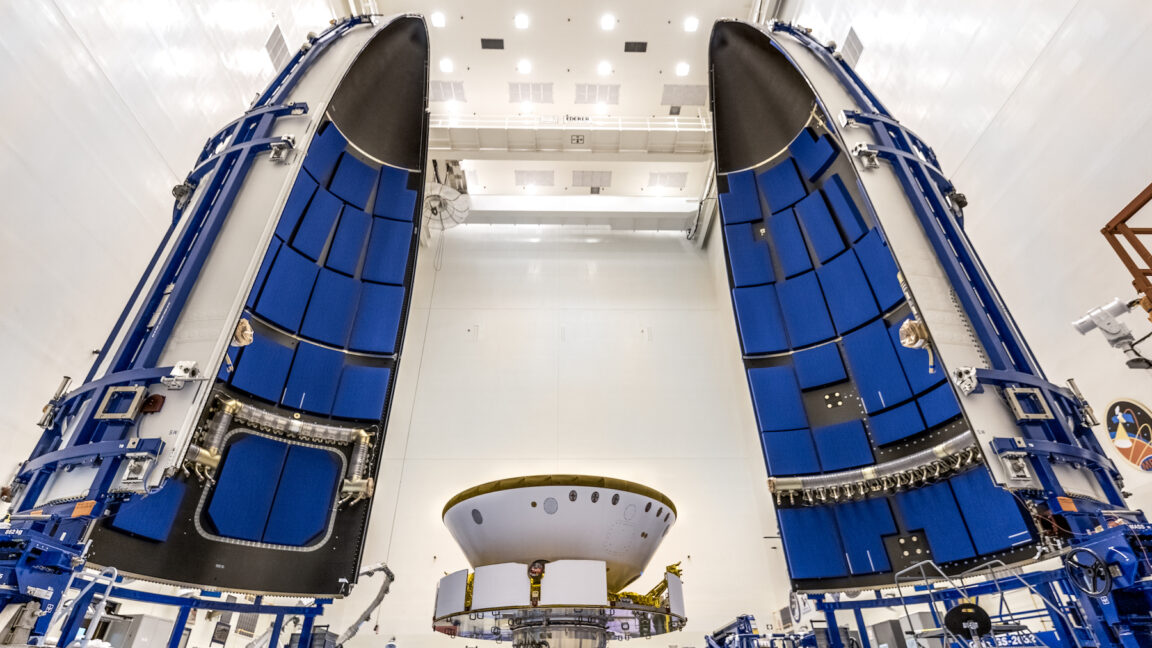
Onderzoek identificeert een voorheen niet-geïdentificeerd eiwit, LMAN1, dat zich bindt aan veel voorkomende allergenen om ontstekingsreacties bij allergisch astma te veroorzaken. Deze wijdverbreide ontdekking zou de behandelmethode voor allergisch astma kunnen herdefiniëren en heeft een subsidie van 1,5 miljoen dollar gewonnen van de National Institutes of Health voor verder onderzoek.
Voor degenen die last hebben van allergieën, vooral allergische astma, kan de lente ontmoedigend zijn. Gelukkig maakt UCLA-onderzoeker dr. Justin Tigno Aranjuez doorbraken waardoor veel voorkomende allergieën tot het verleden zouden kunnen behoren.
Jarenlang hebben onderzoek en behandelingen voor allergisch astma zich grotendeels gericht op het aanpakken van inflammatoire cytokines in het lichaam die reageren op allergenen en verhoogde slijmproductie, piepende ademhaling en ademhalingsmoeilijkheden veroorzaken. Vaak voorgeschreven medicijnen zoals omalizumab, dupilumab, mepolizumab en reslizumab verminderen of blokkeren de verschillende cytokines en antilichamen die verantwoordelijk zijn voor de astmatische respons, maar werken nadat de luchtwegontsteking van de patiënt aan de gang is.
Dr. Tigno-Aranjuez wilde in de eerste plaats een nieuwe aanpak vinden om te voorkomen dat allergeenreceptoren reageren. Dus gebruikte ik een technologie genaamd LRC-TriCEPS – die receptoren in cellen identificeert – voor een veel voorkomend allergeen, de huisstofmijt. De technologie demonstreerde een cellulair eiwit genaamd LMAN1 dat niet eerder was geïdentificeerd vanwege zijn rol in de allergische reactie van het lichaam.
Mijn bevindingen zijn onlangs gepubliceerd in
Before her discovery, LMAN1 was generally known as a cargo receptor – a protein that transports other proteins inside and outside the cell. However, Dr. Tigno-Aranjuez demonstrated that house dust mite allergens and LMAN1 can bind together on the cell surface to cause the inflammatory or allergic reaction. Her research further showed that the binding depended on specific mannose sugar structures on the house dust mite allergens. This discovery has tremendous potential since many other common allergens, including pollen and fungi, are mannosylated, or modified by the addition of mannose sugars.
“Our thinking is that this could potentially not just be restricted to dust mites because many other allergens are mannosylated, this could be a very broad receptor that recognizes many different allergens,” she explained. “If you are thinking in terms of potential therapy, by understanding how LMAN1 recognizes dust mites and the consequences of such recognition, you could apply this to many other settings, and that is what we are currently trying to explore.”
The National Institutes of Health also saw potential with the UCF research, having just awarded Dr. Tigno-Aranjuez a $1.5M R01 grant to see if LMAN1 has a role in the expression of other mannosylated allergens.
Dr. Tigno-Aranjuez’s research on LMAN1 is performed in collaboration with the Cleveland Clinic. Dr. Bin Zhang, Associate Professor at the Lerner Research Institute, serves as co-investigator on this study. Dr. Zhang is considered an expert in LMAN1.
“LMAN 1 has been largely known as a protein that is involved in transporting proteins from inside cells to the outside of cells,” explained Dr. Zhang. “This research is the first one to show an entirely new function of LMAN1, as a receptor to bring proteins, such as allergens, from outside of cells to the inside. This could open up a new pathway for treatment.”
With hundreds of thousands of allergic asthma cases in the United States every year, and many more worldwide, this research represents a step forward toward helping these patients.
“Asthma is so prevalent that sometimes, people think, ‘We’ve already got a lot of treatments, we’ve got it covered.’ The reality is that we could always use more options, we could always improve upon existing treatments.” Said Dr. Tigno-Aranjuez. “Many treatments can only be prescribed if you meet certain clinical criteria, many treatments are cost prohibitive, many are not covered by insurance. So any new treatment we can put forth that could potentially be a more universal treatment would always be an advance.”
Dr. Tigno-Aranjuez and her team are now conducting research to confirm their hypothesis that other mannosylated allergens, such as pollen, are also recognized by LMAN1. If true, this could have broad implications in future therapies for many of the most common allergens.
Dr. Tigno-Aranjuez immigrated to the United States from the Philippines to conduct her graduate and postdoctoral training at Case Western University in Cleveland. She joined UCF in 2015 and focuses her research on immune signaling pathways involved in chronic inflammatory diseases such as asthma and Crohn’s disease.
Reference: “LMAN1 is a receptor for house dust mite allergens” by Madelyn H. Miller, Lindsay G. Swaby, Vanessa S. Vailoces, Maggie LaFratta, Yuan Zhang, Xiang Zhu, Dorilyn J. Hitchcock, Travis J. Jewett, Bin Zhang and Justine T. Tigno-Aranjuez, 3 March 2023, Cell Reports.
DOI: 10.1016/j.celrep.2023.112208

‘Webgeek. Wannabe-denker. Lezer. Freelance reisevangelist. Liefhebber van popcultuur. Gecertificeerde muziekwetenschapper.’






